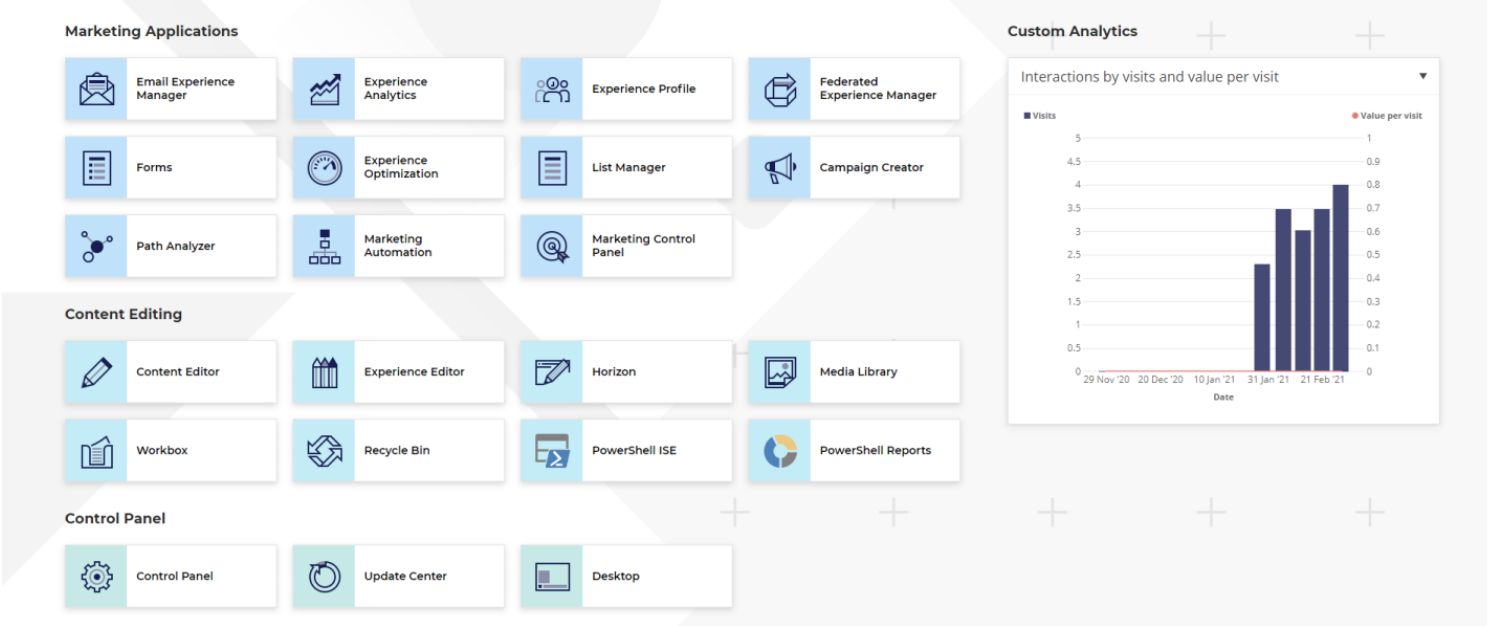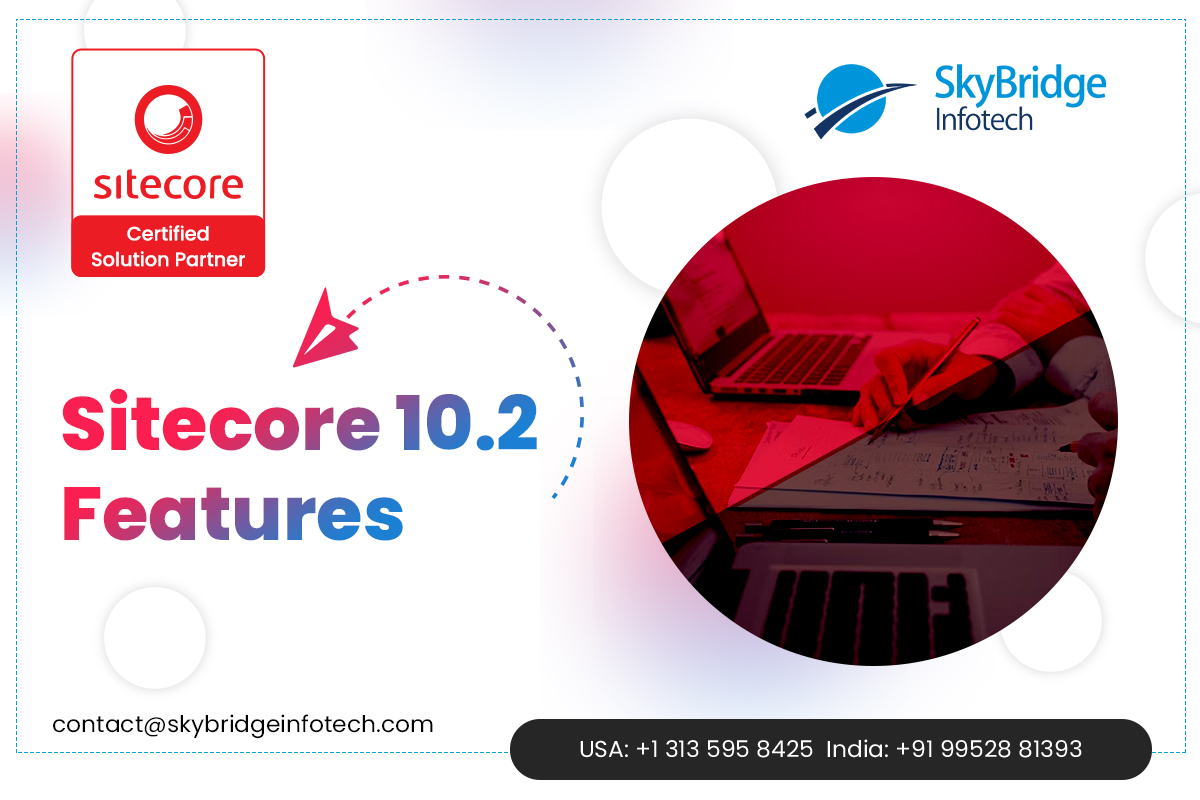Sitecore 10.2 Features | Sitecore Upgrade and Migration Services
Launchpad
We all appreciate simple interfaces, and the first thing you’ll notice when you log in is a redesigned Launchpad, as well as minor details like the top bar. Horizon’s design has been carried over, and it unifies the platform with a unified light-coloured design.

Horizon
Sitecore’s new content editing interface of the future. Horizon now allows you to add and edit data source items, as well as publish items that have subitems.
In Horizon Pages, you can now change links and number fields, and in Horizon Content, you can now edit checklists and drop-tree menu fields.
SXA compatibility is also being introduced, and this capability may be readily enabled for your editors. As a result, you’ll spend significantly less time outside of the Horizon editor building out your site.
Content Search
A few of new features have been added to Content Search that, while minor, can help you develop more error-resistant and infrastructure-hardened apps.
You may now set Solr to retry operations if they fail the first time, which could be handy if there are network issues or Solr availability concerns.
You can also check if the Solr search service is available from your code, and if it isn’t, take appropriate action. Instead of issuing an error, you might be able to display a more meaningful “Service not available” message.
Sitecore Experience Accelerator:
Support for page branches to create flexible landing pages that may be used as a template for creating and altering new pages.
When used to incorporate external assets such as CSS and JS libraries from Content Delivery Networks, HTML Includes allows you to declare parts of any HTML to be rendered within your pages, which can aid with faster load times and increased maintainability.
Assign themes to components, which means that just the Javascript of the components on a website will load, making the page lighter, faster, and scoring higher in Google Lighthouse.
Horizon, the next-generation editor, has been enhanced.
Headless Services/ JSS
The Sitecore JSS packages have been renamed to Headless Services if you’re looking for them. This makes sense because the Layout Host uses the same set of services as the dotnet Core Rendering Host.
Sitecore JSS also includes Next.js in addition to the branding. At Konabos, we’re big supporters of Next.js, and it’s been the React framework of choice for all of our Headless CMS projects. We’ve also shown how to use Content Hub as a Service with Jamstack before, and we recently released a Next.js
Starter Kit for Content Hub.
• Support for Sitecore analytics and personalization
• Use Static Site Generation to pre-render pages at build time, Server Side Rendering to render pages on demand, or a hybrid strategy to render pages on demand.
• Next.js Preview Mode connection with Sitecore Experience Editor.
• CSS support built-in and Support for TypeScript.
• Bundling and code splitting have been improved.
Html cache clearing partially
The caching method is a key component that enables a smooth and efficient platform that performs at scale with little infrastructure and associated costs. The caching clearing issue that used to cause the entire HTML cache to be purged when publishing has now been resolved by Sitecore.
Sitecore 10.2 Features | Sitecore Upgrade and Migration Services
Author: Prabhu Ranganathan, Sitecore Architect.




